Optimal Timing for Foundation Repairs
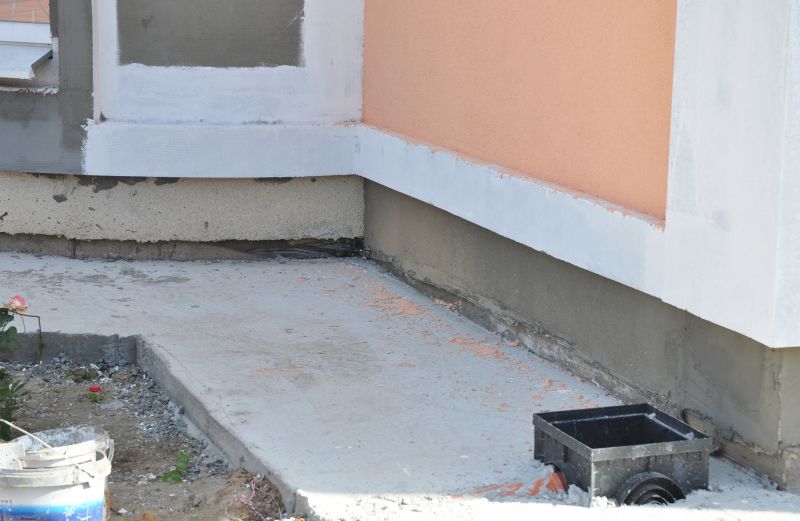
Ways to make Foundation Repairs work in tight or awkward layouts.

Popular materials for Foundation Repairs and why they hold up over time.
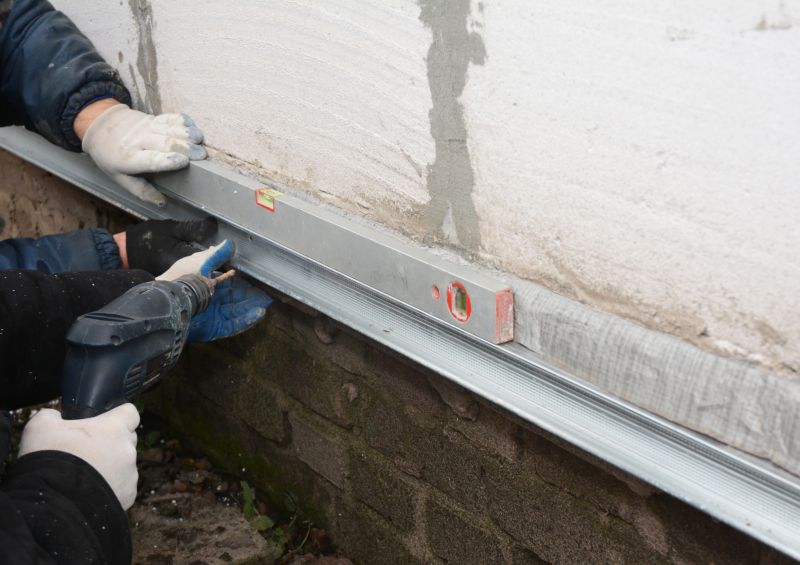
Simple add-ons that improve Foundation Repairs without blowing the budget.

High-end options that actually feel worth it for Foundation Repairs.
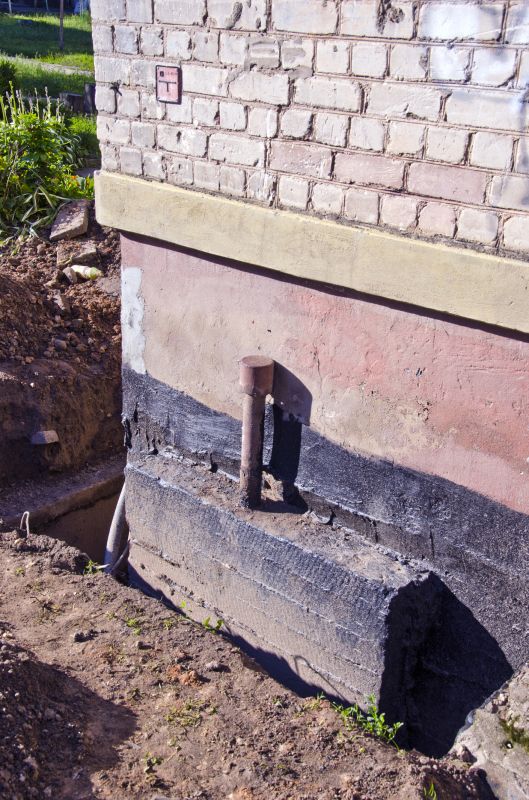
Finishes and colors that play nicely with Foundation Repairs.

Little measurements that prevent headaches on Foundation Repairs day.
Foundation repairs are essential for maintaining structural integrity and preventing further damage to a property. The optimal timing for repairs depends on various factors, including weather conditions, soil moisture levels, and seasonal temperature fluctuations. Addressing foundation issues during appropriate times can reduce complications and improve the effectiveness of repairs.
In regions with distinct seasons, such as Shelbyville, TN, the best time for foundation repairs often aligns with periods of stable weather and moderate soil moisture. Spring and fall are generally considered ideal because soil tends to be less saturated or overly dry, allowing for better access and effective stabilization. Summer can be suitable if weather conditions are dry and consistent, while winter may pose challenges due to freezing temperatures and frozen ground, which can hinder repair work.
Spring offers moderate weather and soil conditions, making it a good time for repairs before summer heat or winter cold set in.
Summer is suitable when temperatures are stable and soil moisture levels are manageable, reducing the risk of further shifting.
Fall provides cooler weather and less precipitation, ideal for completing repairs before winter.
Winter repairs are generally less favorable due to frozen ground and cold temperatures, but some repairs can be performed if conditions allow.
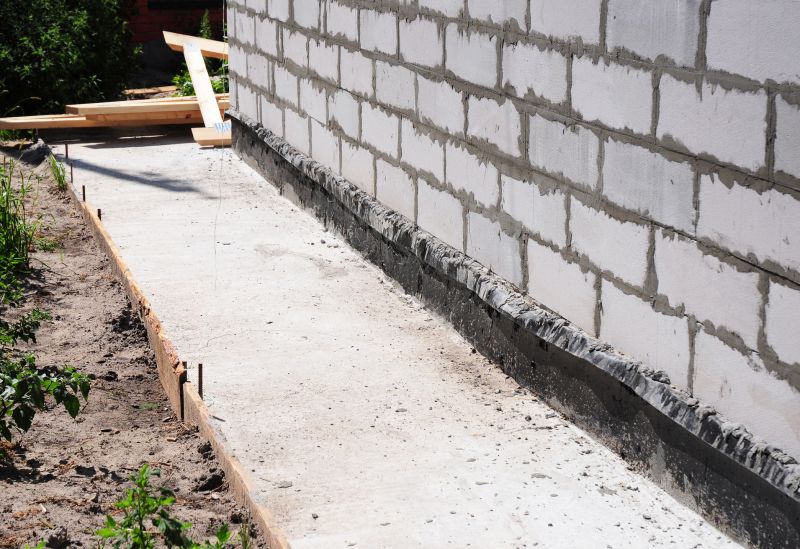
A 60-second routine that keeps Foundation Repairs looking new.
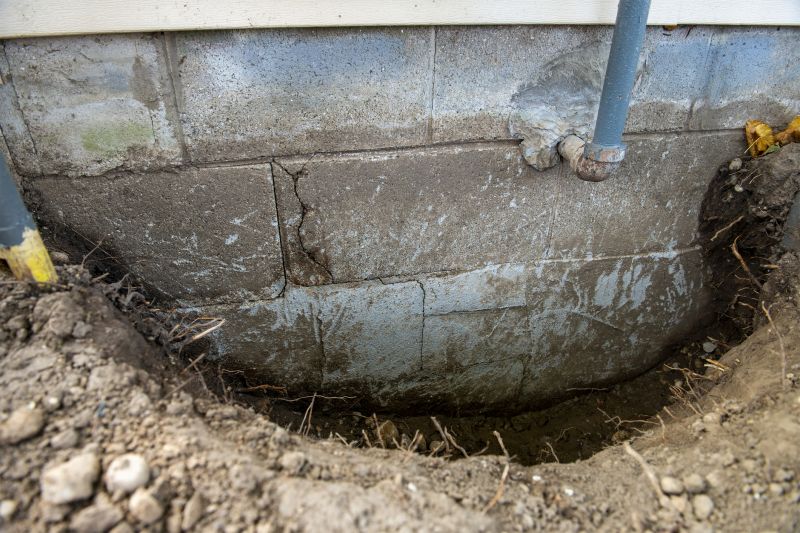
A frequent mistake in Foundation Repairs and how to dodge it.
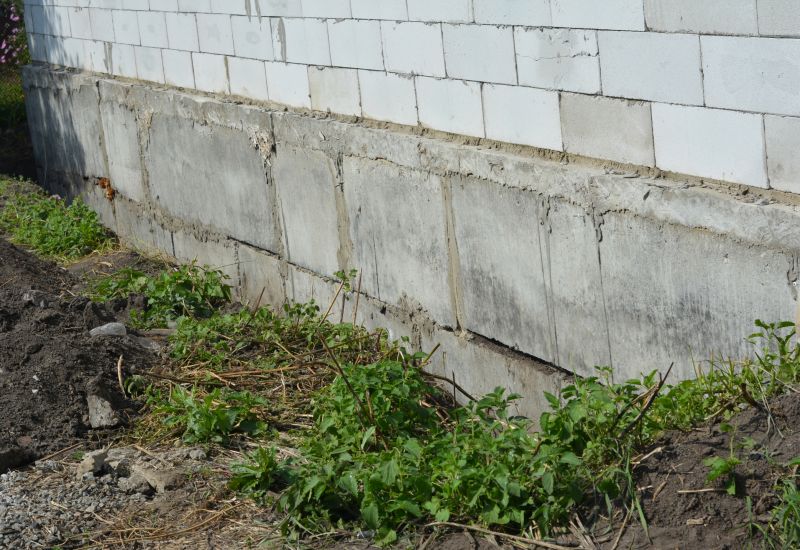
Small tweaks to make Foundation Repairs safer and easier to use.
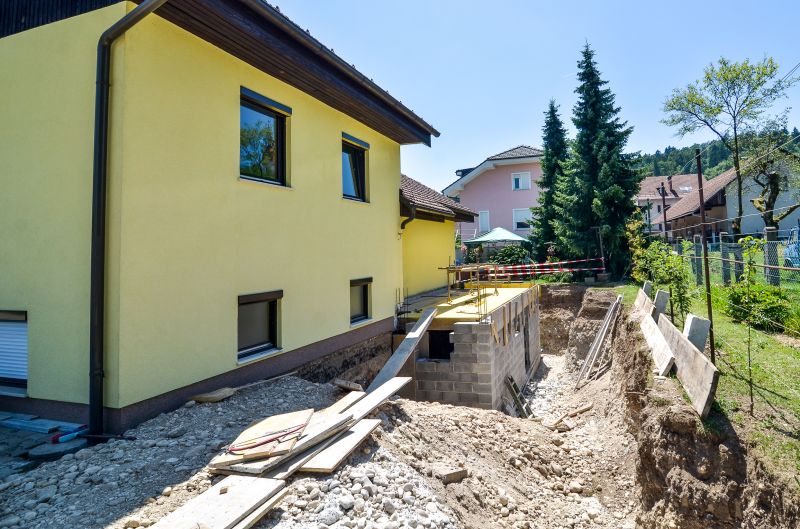
Lower-waste or water-saving choices for Foundation Repairs.

The short, realistic tool list for quality Foundation Repairs.
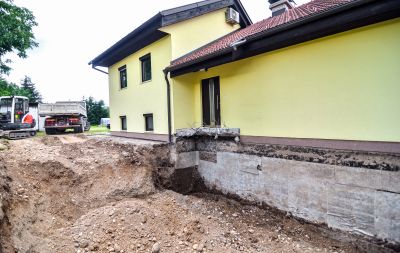
Rough timing from prep to clean-up for Foundation Repairs.
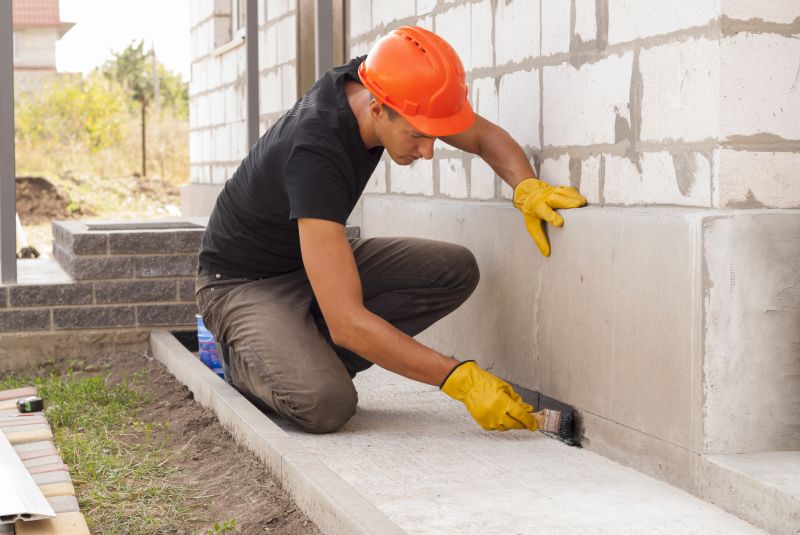
Quick checks and paperwork to keep after Foundation Repairs.
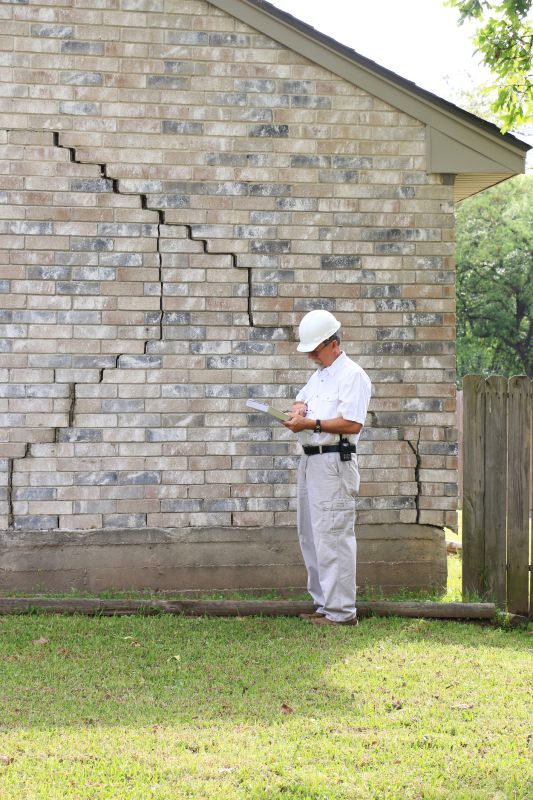
Examples that show the impact a good Foundation Repairs can make.
| Season | Ideal Conditions |
|---|---|
| Spring | Moderate soil moisture, stable temperatures |
| Summer | Dry weather, consistent temperatures |
| Fall | Cooler weather, less precipitation |
| Winter | Frozen ground, cold temperatures |
| Dry Seasons | Low soil moisture, easier access |
| Wet Seasons | High soil moisture, potential delays |
| Post-Drought | Soil stabilization needed |
| Pre-Heavy Rainfall | Assess soil conditions before repairs |
Proper timing for foundation repairs depends on understanding local weather patterns and soil conditions. Planning repairs during periods of stable soil moisture and favorable temperatures can minimize the risk of recurring issues and ensure long-lasting results. Consulting with foundation specialists can help determine the best window for repair work based on current site conditions.
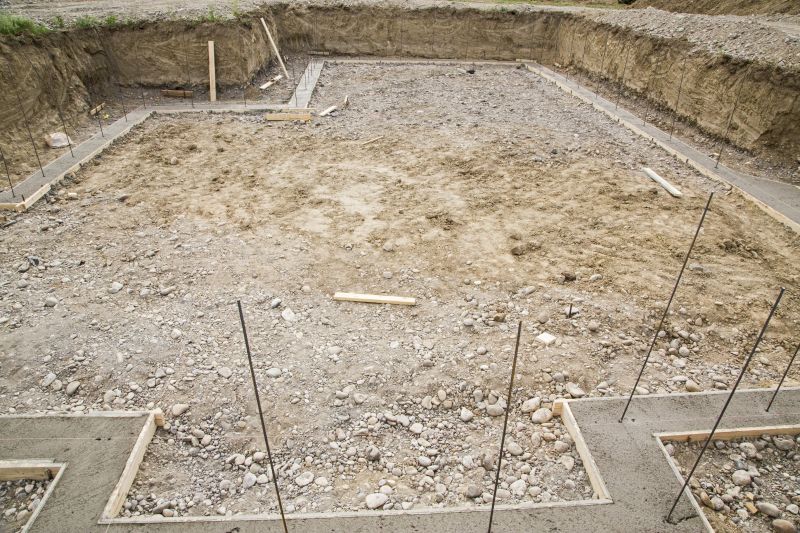
Ways to make Foundation Repairs work in tight or awkward layouts.
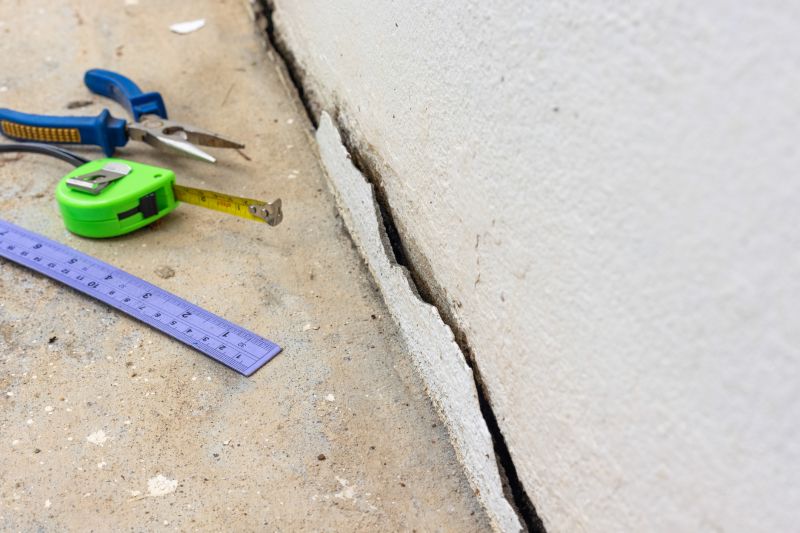
Ways to make Foundation Repairs work in tight or awkward layouts.
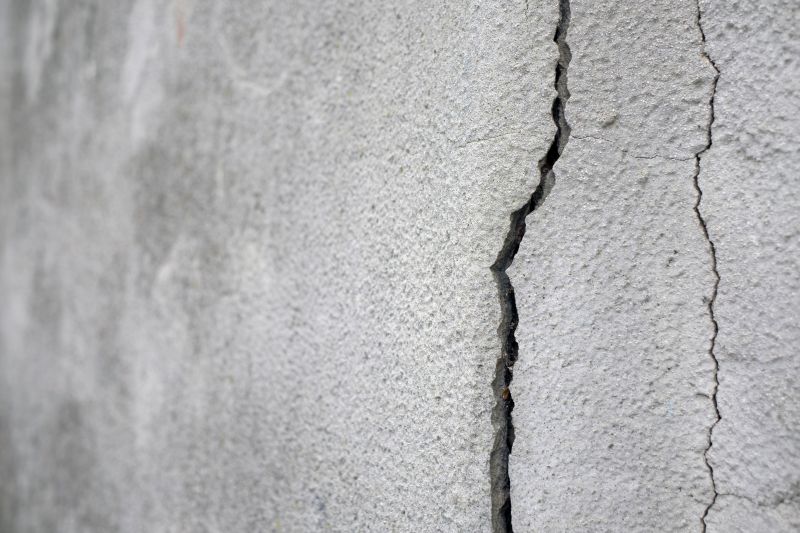
Ways to make Foundation Repairs work in tight or awkward layouts.

Ways to make Foundation Repairs work in tight or awkward layouts.
Interested property owners in Shelbyville, TN, can benefit from scheduling foundation repairs during the most suitable seasons to ensure optimal results. Proper timing not only enhances the durability of repairs but also reduces potential disruptions and additional costs. For further assistance and to discuss specific needs, filling out the contact form is recommended.





